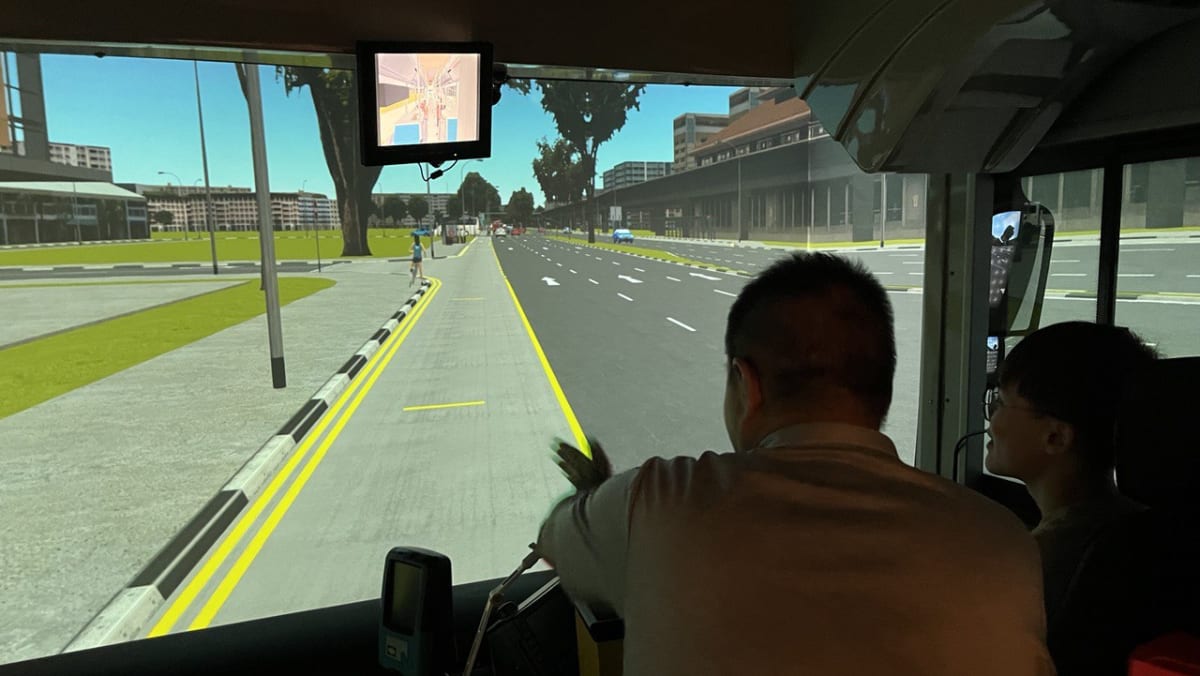AUTOMATING A MANUAL PROCESS
Speaking to CNA’s Singapore Tonight, Dr Glen Liau, who is part of the team that developed the algorithm, noted that there are many permutations and combinations for the placement of an implant.
For instance, a femur side bone implant – one of two implants that are usually placed in the knee – can be moved up or down, turned in or out, flexed or extended, and internally or externally rotated, he explained.
“Our algorithm is able to consider the thousands of permutations and within 0.1 seconds, rank them according to the patient’s unique, specific anatomy and the surgeon’s goals,” he said.
“In doing so, we hope to achieve the most optimum implant position that is planned for a patient who is undergoing robotic knee surgery.”
Currently, this process is done manually, and takes up about 15 minutes, AH said.
“Under time pressure, surgeons may test only two or three solutions before settling on one to implement, and this is not optimal, in an operating theatre setting with the patient on the surgery table under general anaesthesia,” AH added.











-2.jpg?itok=dQeiGCso)


